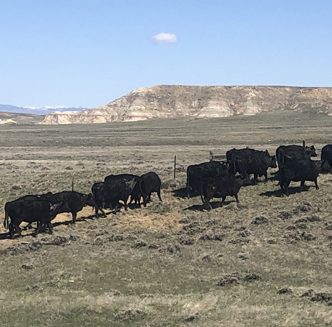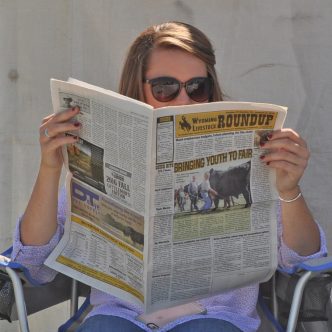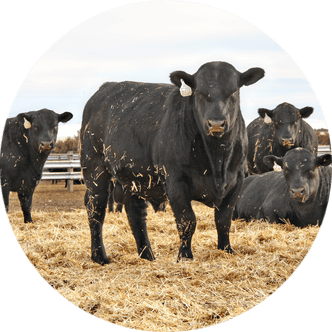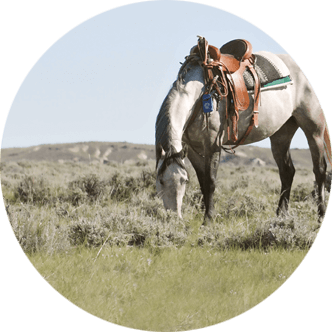Not All Wild Horses Are Wild
For the next couple of years, the Bureau of Land Management (BLM) will be gathering feral horses from four herd management areas (HMA) in southwest Wyoming. As many can guess, this action doesn’t sit well with some folks, who believe there are never too many feral horses on the range.
For these high desert allotments to be in proper range condition, they need to be managed correctly. It starts with invasive plants and all the way up to cattle, sheep, wildlife and – if they are present – feral horses.
Management of feral horses has always been a controversial subject with a lot of emotion mixed in, and this is understandable as everyone likes horses and many want a horse in their backyard.
The trouble is, one horse may be one too many for a backyard, and 3,000 feral horses may be too many for 3.2 thousand sections of land.
One of the issues making it hard to manage feral horses is they multiply by around 20 percent a year, which adds up quickly. The BLM has a birth control vaccine which lasts for two years, but on the third year, it is almost guaranteed all vaccinated mares will have a colt.
This Red Desert HMA has always been a hot zone of feral horses over the years. There have been numerous lawsuits from all sides. And, over a million acres of private lands are intermingled with these federal lands – known as the checkerboard – where landowners allow hunting.
Years ago, private landowners sued the BLM to remove feral horses from their private lands and they won. They have since had to sue the BLM three times to reduce the number of horses. Now, the BLM wants to remove all horses from federal, private and state lands, and I believe they now have the green light to do so.
The Wild Free-Roaming Horse and Burro Act has always directed the BLM to do so.
I’ve run cattle and sheep on the Red Desert and Green Mountain area where private and state lands were intermingled with federal lands, and feral horses were always troublesome. The horses always ate down the riparian areas before our cattle and sheep were turned out, and in the heat of summer, they would run our livestock away from water sources.
In the Red Desert and Green Mountain areas, people from town would just turn their horses loose on federal lands. One could always tell when the price of hay got high or people couldn’t afford to feed their horse. This is where the Green Mountain HMA got its paints, appaloosas and Welsh and Shetland ponies from.
Ranchers are always taking the heat for the BLM gathering feral horses, but remember, livestock are only on the land for six months or less and horses are there year-round. Now studies have shown too many horses hurt wildlife, especially sage grouse.
On large tracts of federal lands, the BLM is responsible for managing multiple users. Feral horses are a user of these lands and therefore need managed according to the law.





